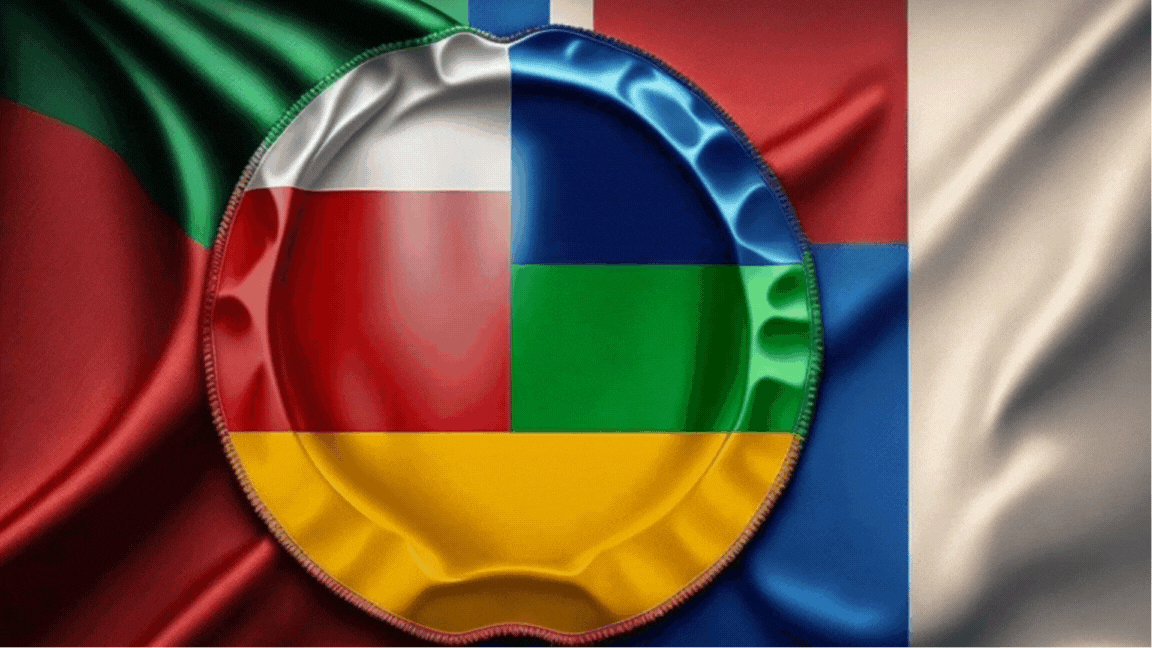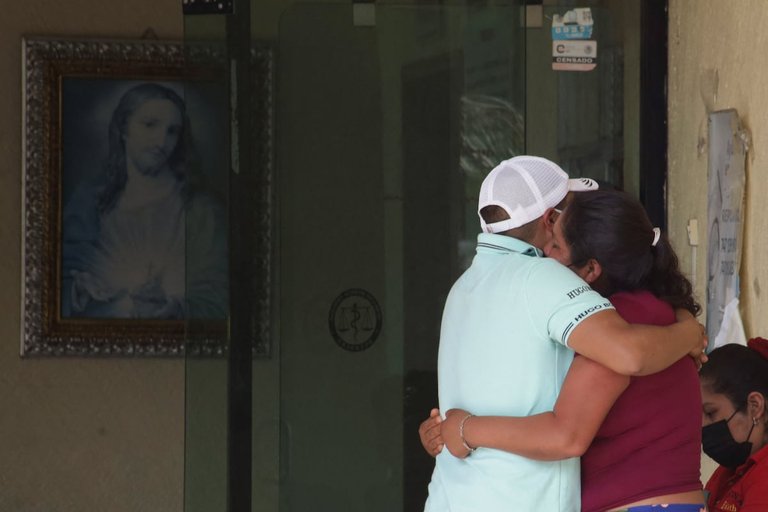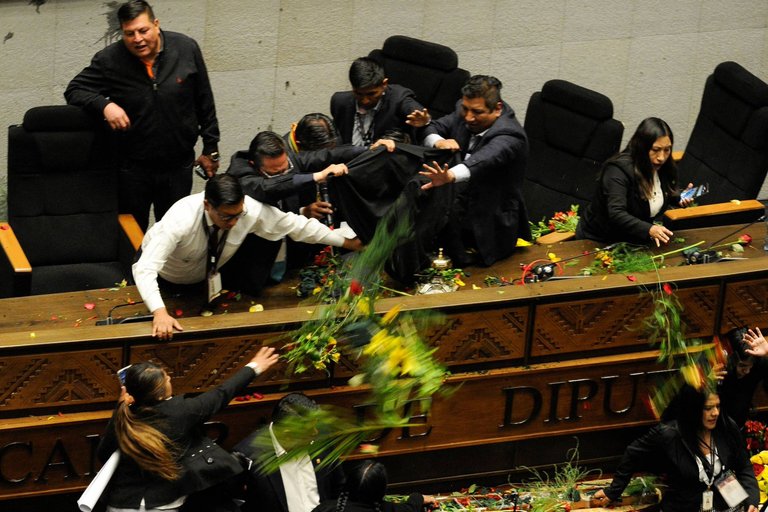
The Mexican navy seized more than 3.5 tons of cocaine on a semi-submersible go-fast boat that was plying the waters of the Pacific this week. Six of the nine crew members were foreigners. The profitable drug business is the main cause of a wave of violence that has Latin America stained red. In the “best” of cases, the victims are people involved in organized crime, but many times innocent people are hit by stray bullets or are victims of violent dynamics intended to pressure authorities or mark territory amid bloody battles between criminal groups. Once this point is reached, again the "best" thing that can happen is to be the victim of extortion or kidnapping; the worst is to be murdered or disappear forever.
This week, in the Aztec state of Guerrero, the dismembered bodies of three minors and eight adults, all members of the same family who were kidnapped by the gang Los Ardillos were abandoned in a van. The video of one of the victims, a 14-year-old boy barefoot and with his hands tied, testifying—it seems that under duress—to work for a rival gang has shocked the country, which does not come out of one massacre or violent event involving beheadings or similarly extreme acts to enter another. The family had left in thirteen-members composition to sell household goods in Chilapa, so the security forces were still looking for two who were not in the van and other four members who went on the search for their missed relatives.
 Source
SourceClaudia Sheinbaum's first weeks in office have been marked by the continuation—if not the increase—of an escalation of violence with bloody impacts, that many people and experts blame on former President Andrés Manuel López Obrador, whose security policy—which the current head of the Zócalo Square intends to uphold—did not include a direct attack on the cartels. In the case of Ecuador, another player entangled in the thick skein of violence linked to drug trafficking, after a four-year investigation, Spanish authorities seized thirteen tons of cocaine in a shipment of bananas belonging to a local importer, which came from the port city of Guayaquil, the de facto capital of crime in the South American country. This is the largest seizure ever made by Spain according to its historical record of anti-drug raids, and the second largest ever in Europe (the largest also when talking about shipments in maritime containers).
In addition to reflecting the problem of drug trafficking in Ecuador, this news also allows us to see a side of this scourge that is not always highlighted in the news: the traffickers who, in Europe, far from the shootings and massacres that their activity generates, for example, in the Ecuadorian province of Guayas or in Quito itself—where this week a priest was murdered—probably benefit more from this deadly market than their Latin American counterparts. Spanish investigators realized that a banana import company based in Alicante with no profits or infrastructure had focused exclusively on supplies from an Ecuadorian exporter with links to drug trafficking. In the container seized in the busy port of Algeciras, behind some banana boxes placed only on the cover to confuse, the agents found the main cargo, consisting of 11,000 cocaine pills. One person has been arrested, while the two managers of the company from Alicante went on the run.
👮En Algeciras se ha intervenido el mayor alijo de cocaína de nuestro país, el tercero a nivel mundial
— RTVEAndalucía (@RTVEAndalucia) November 6, 2024
◾️Se trata de 13 toneladas procedentes de un contenedor de plátanos de Ecuador con destino Alicante. La investigación continúa abierta pero ya hay detenidos
🎙️@SaraSerratAlv pic.twitter.com/elyAQf8TA3
Bolivia: what happened?
The political-economic crisis does not abate there despite the apparent truce declared by the evistas to seek a dialogue with the government of the Great House of the People (yesterday, Friday, pro-Morales legislators prevented the president from offering his annual report in the Congress). Let us remember that the situation in Bolivia has two fronts: the first is economic, linked to a shortage of foreign currency and fuel that has different causes, which then translates into inflation that suffocates a good part of the citizenry; the second is of a political nature and stems from the entrenched struggle between two factions of the “governing” MAS, led by the current president Luis Arce and his former supporter, former president Evo Morales. Along the way, there have been alleged coups or assassination attempts. The crisis escalated last week after groups linked to Morales took control of barracks in the Tropic of Cochabamba, where the coca grower leader has his bunker and defends himself from sensitive accusations, such as the one associating him with a case of child rape. Before this escalation, blockades had been set up on critical roads with a disastrous economic impact. A dozen evistas are under arrest accused of terrorism and other charges.
 Source
SourceAnd this is all for our report today. I have referenced the sources dynamically in the text, and remember you can learn how and where to follow the LATAM trail news by reading my work here. Have a nice day.


Posted Using InLeo Alpha